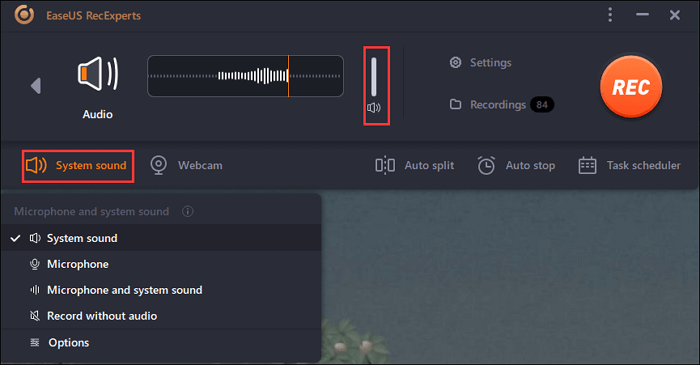
The frequency spectrum of the modulated color signal overlaps that of the baseband signal, and separation relies on the fact that frequency components of the baseband signal tend to be near harmonics of the horizontal scanning rate, while the color carrier is selected to be an odd multiple of half the horizontal scanning rate this produces a modulated color signal that consists mainly of harmonic frequencies that fall between the harmonics in the baseband luma signal, rather than both being in separate continuous frequency bands alongside each other in the frequency domain.

Details of the combining process vary between the NTSC, PAL and SECAM systems. The color video signal is a linear combination of the luminance of the picture and a modulated subcarrier which carries the chrominance or color information, a combination of hue and saturation. There are three dominant variants of composite video: NTSC, PAL, and SECAM.Ī composite video signal combines, on one wire, the video information required to recreate a color picture, as well as line and frame synchronization pulses.

In all of these video formats, audio is carried on a separate connection.Ĭomposite video is also known by the initials CVBS for composite video baseband signal or color, video, blanking and sync, or is simply referred to as SD video for the standard-definition television signal it conveys.

Video information is encoded on one channel, unlike the higher-quality S-video (two channels) and the even higher-quality component video (three or more channels). On consumer products a yellow RCA connector is typically used for composite video.Ĭomposite video is an analog video signal format that carries standard-definition video (typically at 480i or 576i resolution) as a single channel.


 0 kommentar(er)
0 kommentar(er)
